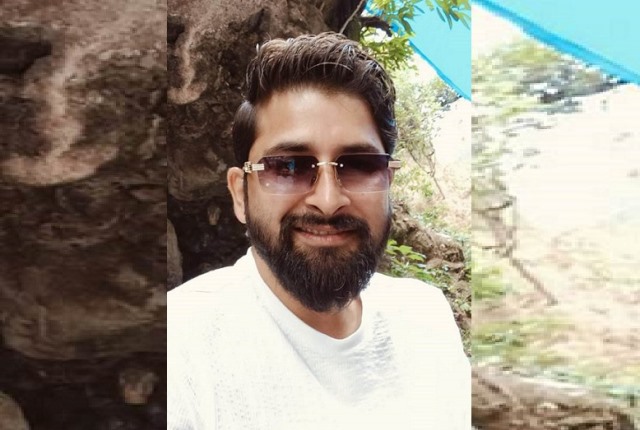Mohit Dixit, a daily road-user in Delhi-NCR, says If Delhi can get paralysed by two hours of rain, it is a worrying signal for the rest of Indian cities. His views:
The Chief Justice of India recently remarked, “Two hours of rain in Delhi and the entire Capital is paralysed.” As someone who travels through Delhi’s roads daily, I can say this is not an exaggeration — it is exactly what we face as commuters.
Every morning, I leave home hoping for a smooth ride to work. But in Delhi, even a light drizzle can throw those hopes off track. The moment it rains, potholes appear as if overnight. Two hours of steady showers, and the roads turn into streams, traffic lights stop working, and traffic comes to a complete standstill. A 40-minute journey often stretches into two to three hours. Sitting in traffic, watching time slip away, has almost become routine for road-users like me.
What makes this worse is the sense of helplessness. We all wonder who is responsible for this situation. Is it poor upkeep of infrastructure, or is it careless planning that ignores basic needs like drainage? To me, it seems to be a mix of both. Roads never last a full season — they break, cave in, or flood too easily. At the same time, so much of the city’s growth is focused on malls, high-rise buildings, and flyovers, while little attention is paid to rainwater management, drainage systems, or green spaces.
This isn’t just about Delhi. The fact that this is happening in the National Capital raises bigger questions. If a city with the country’s largest resources and attention struggles like this, what must smaller towns and cities be going through? Every monsoon, we see the same scenes on the news — waterlogged Patna, flooded Mumbai, Chennai turning into lakes.
ALSO READ: ‘Govts In Delhi Keep Changing, Monsoon Misery Remains Same’
This year itself, Himachal Pradesh and Jammu have faced devastating floods that destroyed homes, roads, and livelihoods. The havoc they created was heartbreaking. In such cases, one cannot help but ask: is the Indian Meteorological Department not forecasting rain accurately, or are forecasts being made but ignored? And if warnings are given, why are authorities not better prepared before the rainy season begins? These questions rarely find answers.
For ordinary commuters, the most frustrating part is the lack of accountability. When roads flood or underpasses fill up, no single authority steps forward to own the problem. Responsibility is pushed back and forth between municipal bodies, state departments, and central agencies. In the end, it’s the citizens who pay the price — in wasted fuel, lost hours, frayed nerves, and sometimes even accidents.
Another issue is the way development is carried out. Lakes and ponds are filled up for construction, trees are cut down for parking spaces, and concrete spreads over every open patch of land. Naturally, there is nowhere left for rainwater to go. On top of that, the drainage systems we do have are poorly maintained. Drains are clogged, desilting is irregular, and repair works are often done in haste. The result is predictable: just a couple of hours of rain is enough to bring the city to its knees.
As a commuter, I am not asking for miracles. But I do hope for foresight and consistent maintenance. Stronger road construction, proper drainage planning, timely preparation before the monsoon, and regular upkeep would make a real difference. Most importantly, there needs to be accountability so that the system works for the people, not against them.
If Delhi cannot manage two hours of rain, it is a worrying thought for the rest of India’s cities. Perhaps true development should not only be measured by new flyovers or tall buildings, but by something simpler: whether our roads and drains can withstand the rain
As told to Deepti Sharma

